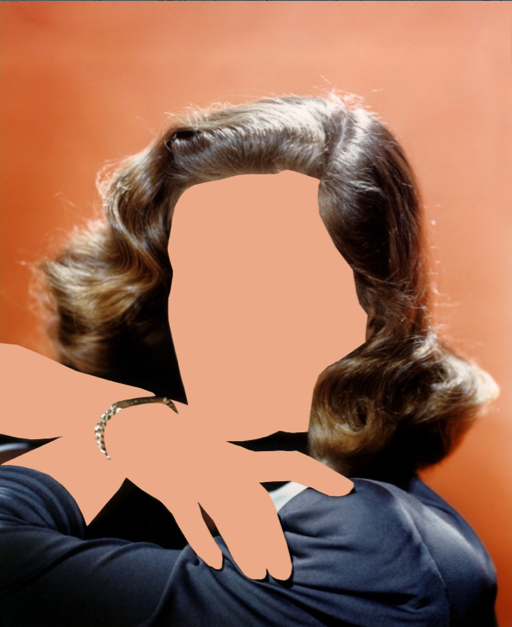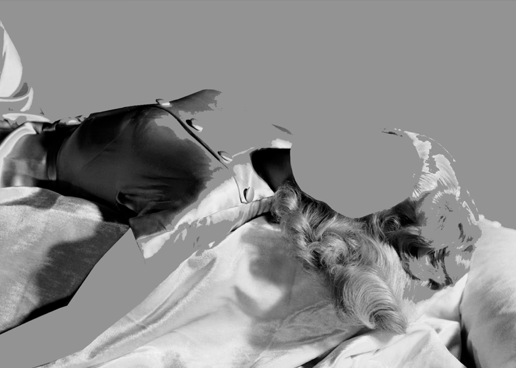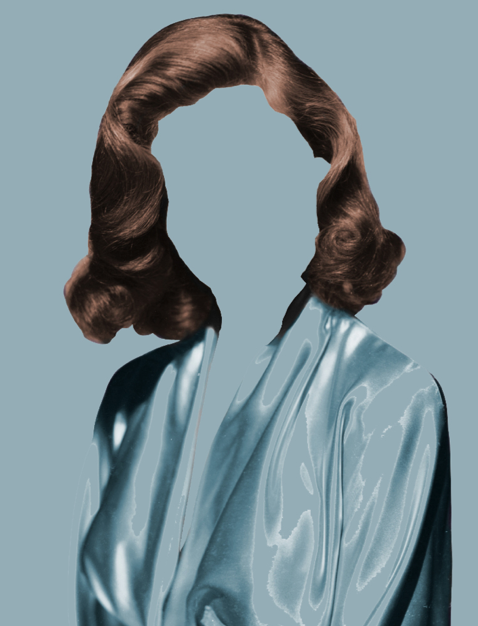THE WORD ‘GLAMOUR’ AT its origins, is derived from the English word ‘grammar’. The Scottish adapted the term to ‘gram(m)arye’ around 1720 from the its English/Greek (letter of the alphabet) origins and took it to mean ‘magic, or beauty and charm’. A meaning that has developed considerably to become something with a strong affiliation with fashion and leisure in image culture. Credit for this is partly thanks to the novelist Walter Scott, who, in his early 19th century writings popularised the term. One poem in particular is seen as having a key role in the provenance of ‘glamour’, his ‘The Lay of the Last Minstrel’ from 1805, which brought the term in vogue with reference to a sort of mysterious feminine magic.
The next big break for the word came around the 1920s when it was adopted in advertising with strong effect, a link that was later solidified when Condé Nast introduced its new publication: Glamour magazine in 1939.
It might be difficult to find a word that embodies the aspirational potential and power as does ‘glamour’; it has become a touchstone in the fashion and advertising industries, used like embellishment to create a myth, an ideal or a concept which can be sold. Glamour and other provocative words, are so bound to an image or ideal that is conjured up in our heads, which offers enough allure to be commercially effective in fashion and advertising systems. To ask someone what glamour is – or what it looks like – might provoke images of evening dresses, diamond-cut jewellery or Hollywood actresses on a red carpet, something that is likely to be ultimately unattainable, at least for the many. Etymological adornment such as this will raise the status of an desired object or scenario and has real power in the fashion industry. Perhaps we don’t appreciate the extent to which words interact with the fashion framework, as both a basis for selling but also maintaining the premise that fashion is often unattainable, a process for which ‘glamour’ could very well be held accountable for.
***
Further Reading:
You may bethink you of the spell
Of that sly urchin page
This to his lord did impart
And made him seem, by glamour art
A knight from Hermitage
Excerpt from Walter Scott’s, ‘The Lay of the Last Minstrel’, 1805.
From its origins glamour has been associated with dreaming. The yearning for a better, richer, more exciting, and materially lavish life accompanied by the development of modern consumerism and fuelled innumerable fantasies and fictions. Glamour took shape as an enticing image of the fabulous life that was lived before the eyes of everyone. Glamour provided the illusion that individual lives could be enhanced and improved by ostensibly magical means. The image was sustained and perpetuated by cultural products and commercial entertainments. It could also be approached through the practices of consumption, since the goods carried ideas and suggestions that were as important as their practical uses. The power of transformation lay with anyone or anything that could persuade an audience that they or it possessed it.
Glamour: A History by Stephen Gundle, 2008.


